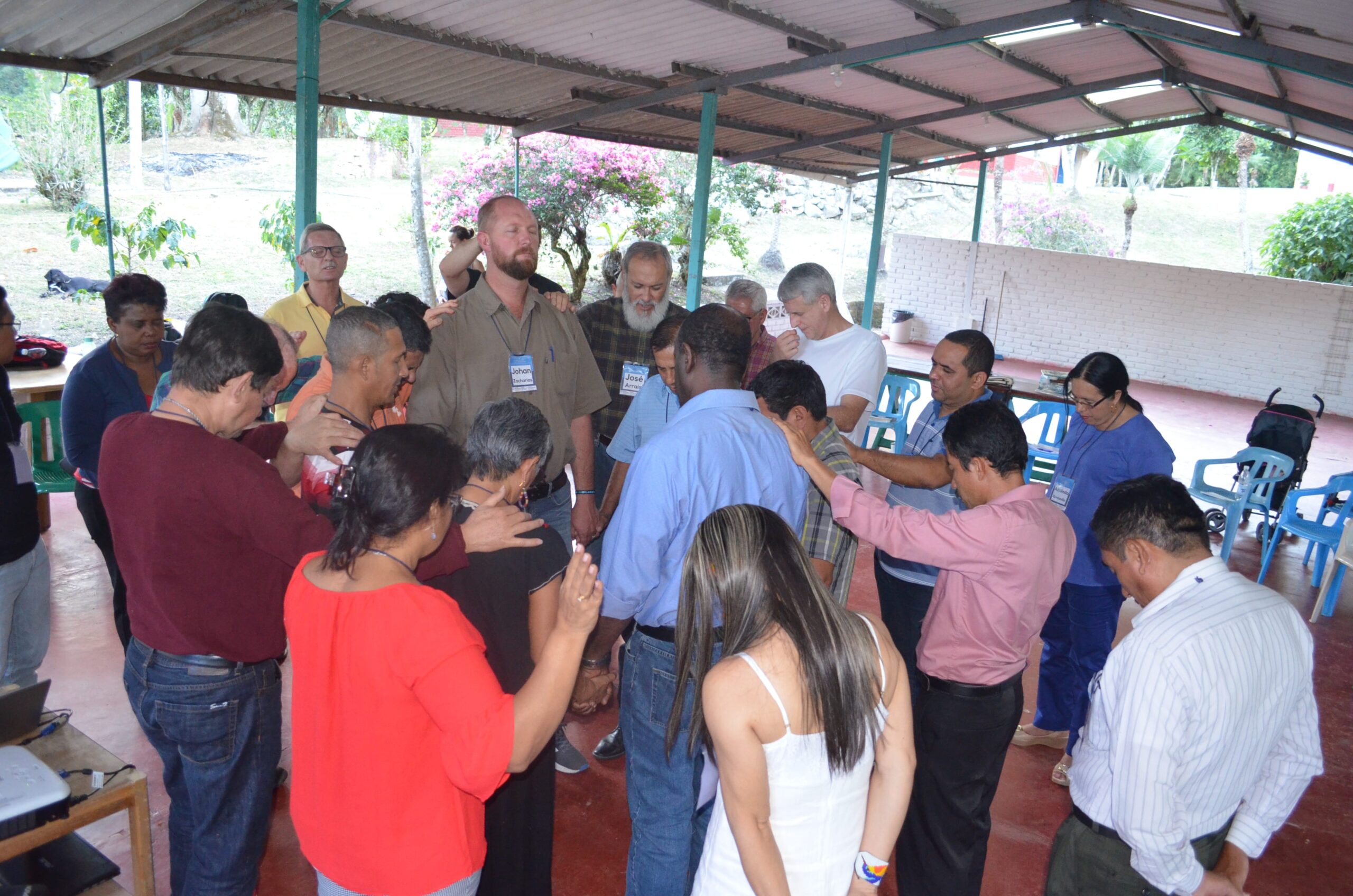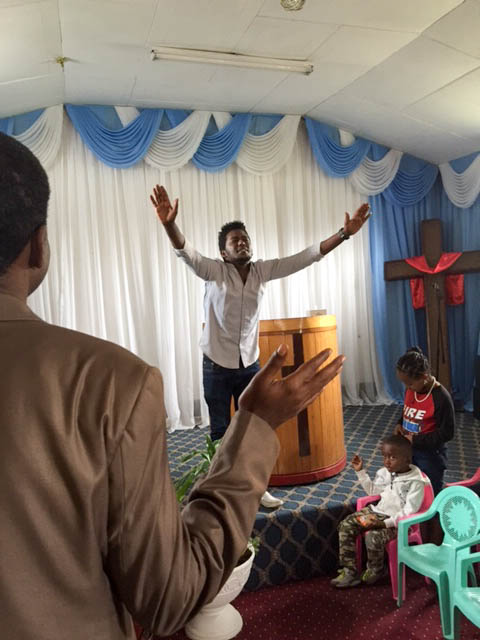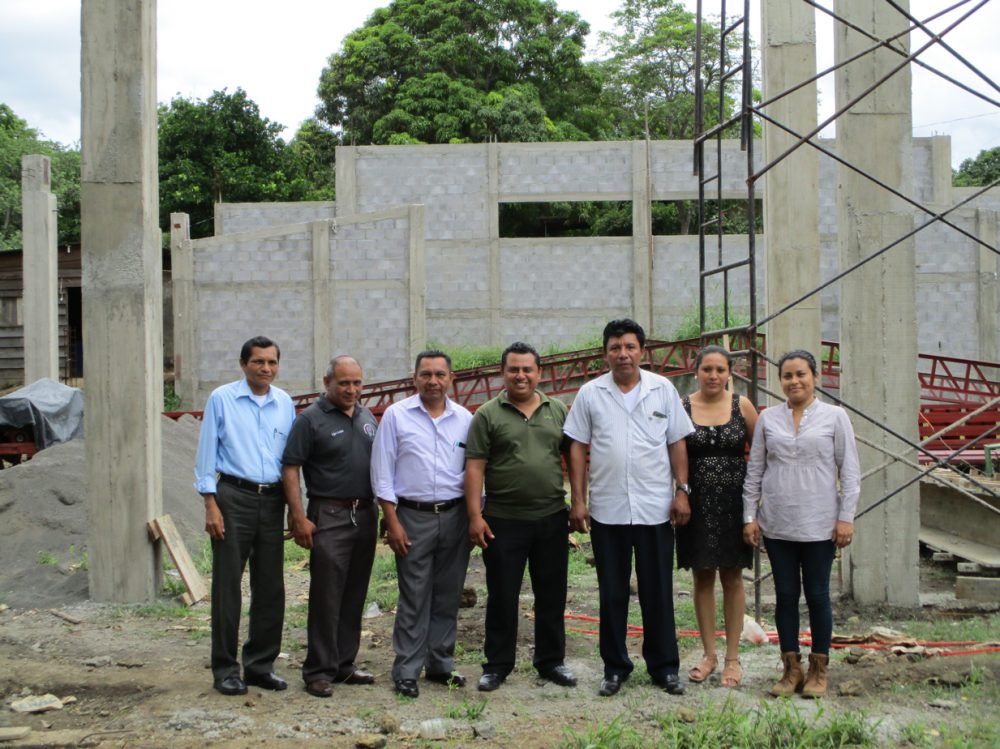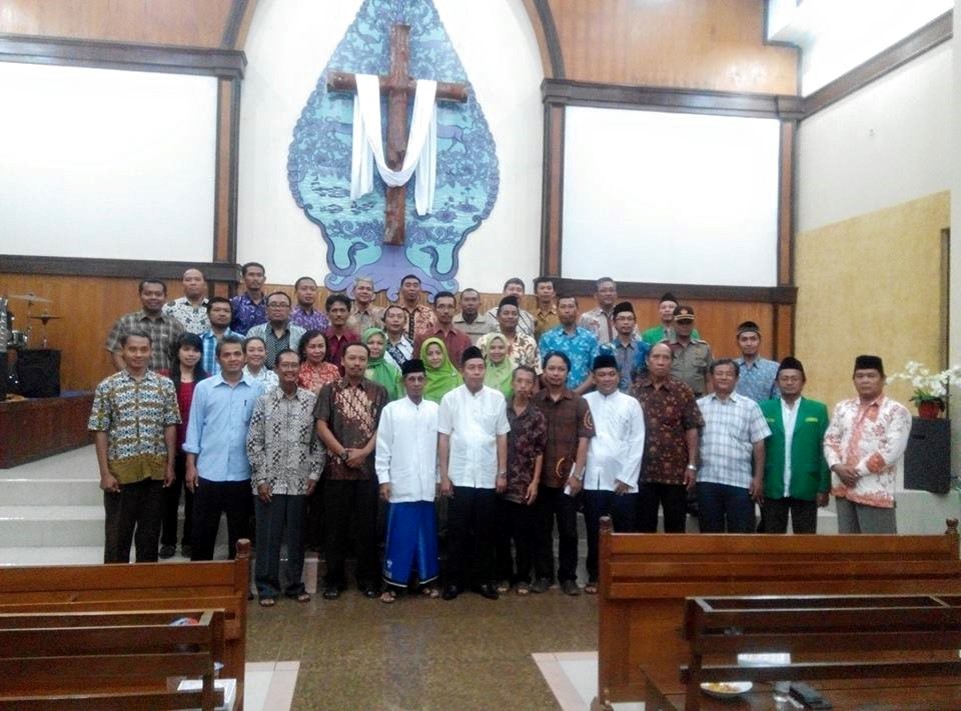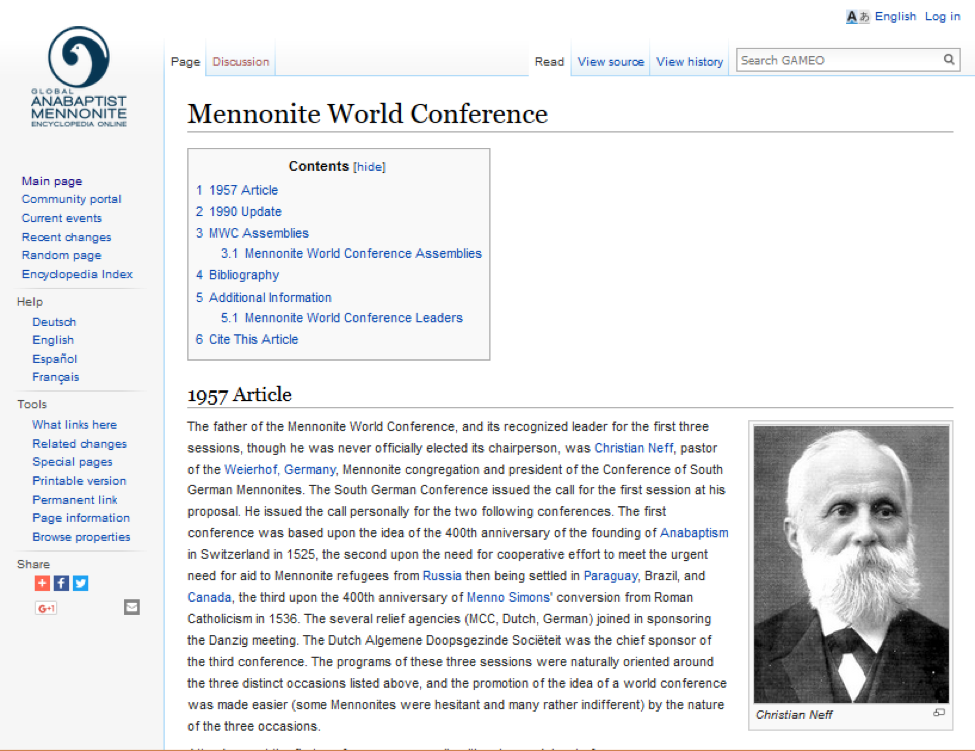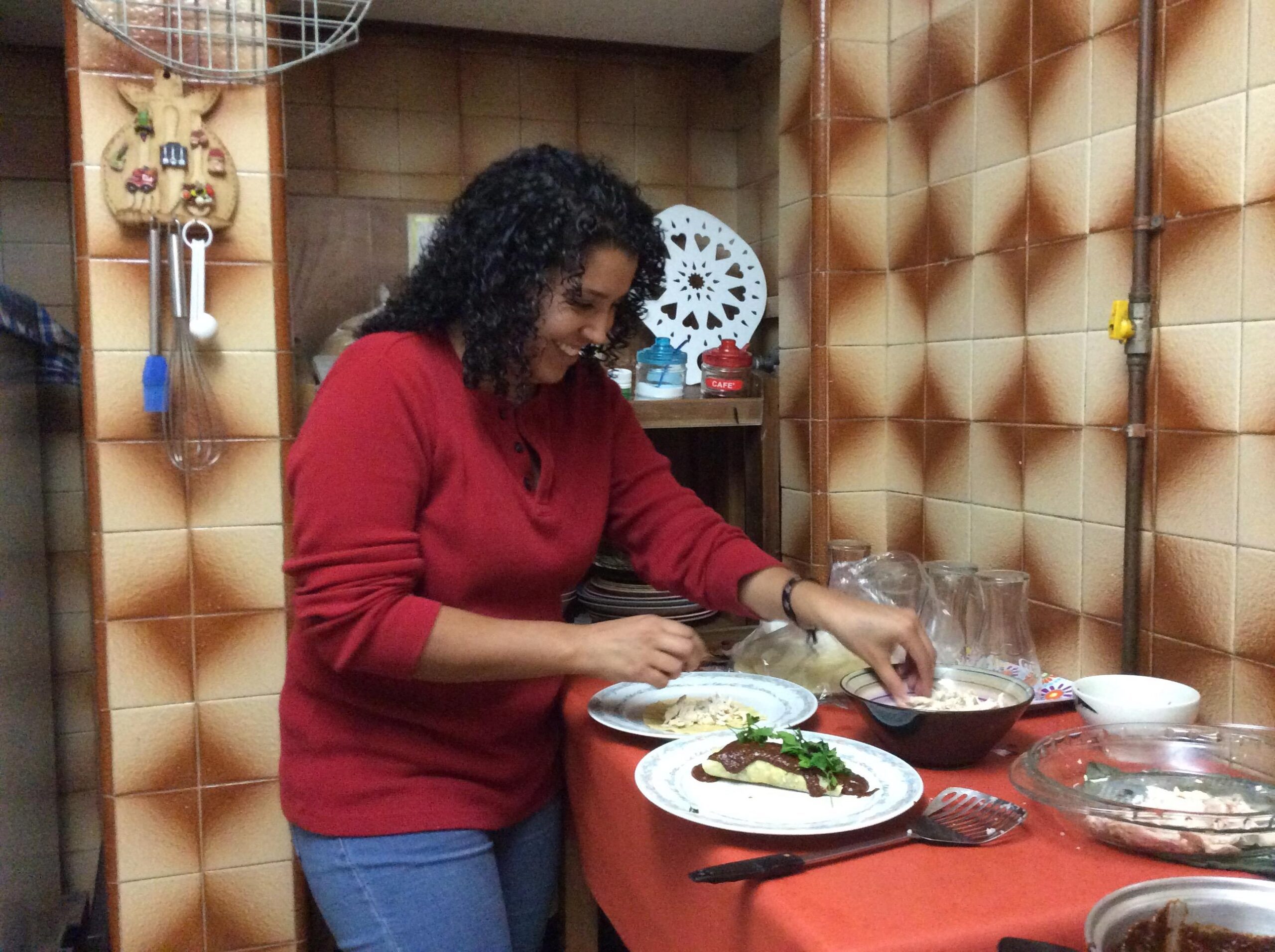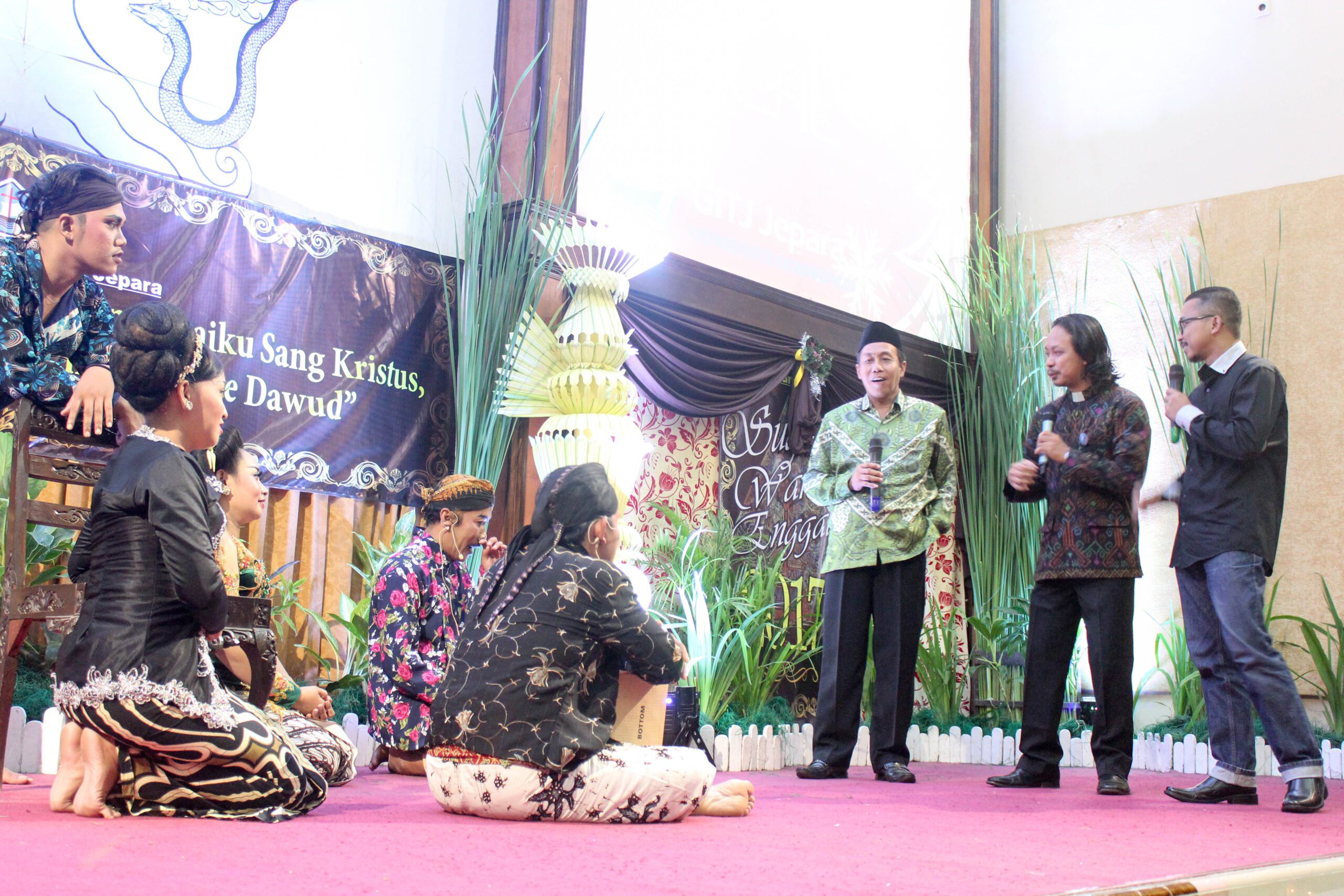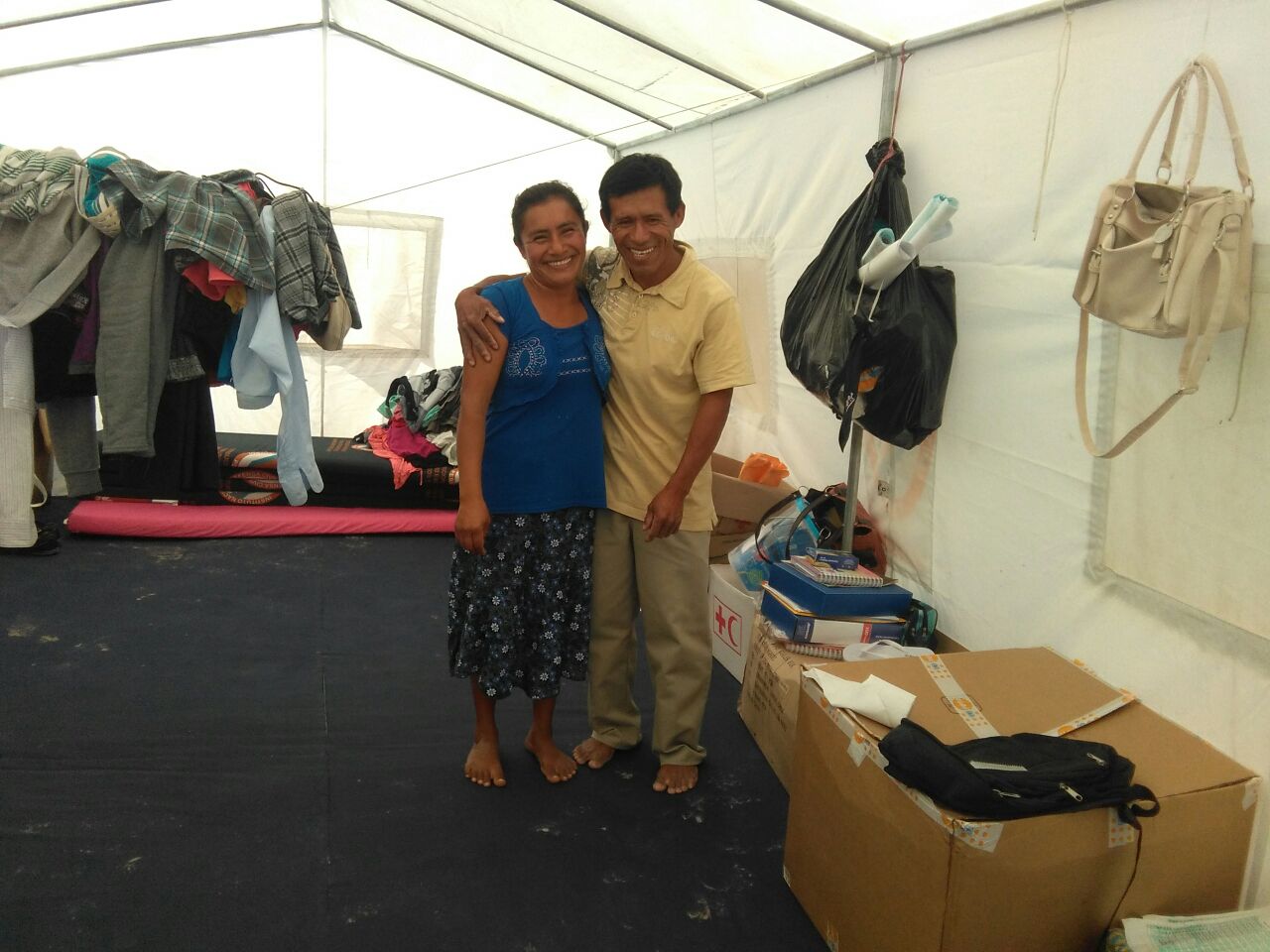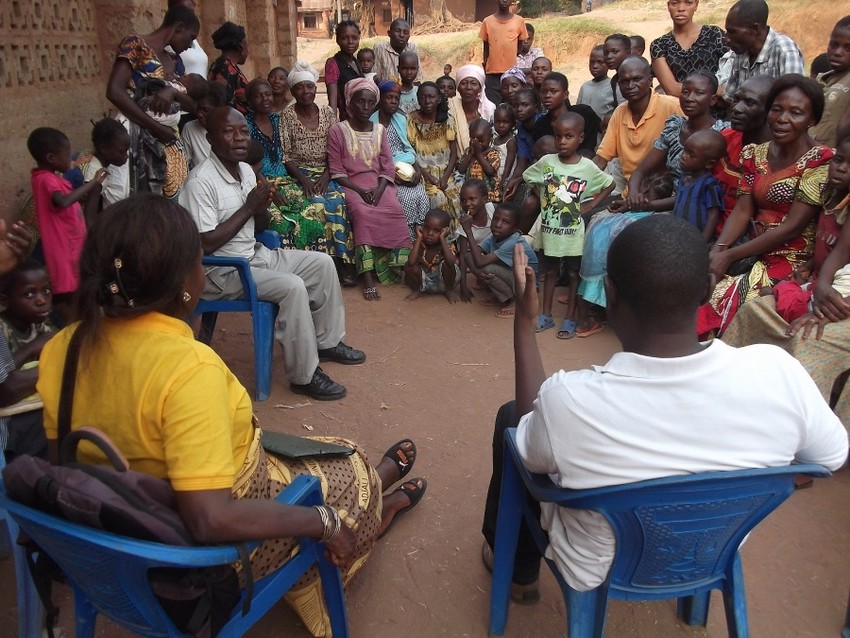-
Migrant Trail walkers imitate Jesus
“Our Anabaptist history is intrinsically tied to migration, and so is our Christian story,” says Saulo Padilla, immigration education coordinator for Mennonite Central Committee (MCC) U.S. “We must keep challenging the narratives that separate us, build borders and invite us to dehumanize others.” Several Anabaptist-Mennonites participated in the 14th Migrant Trail Walk May 29–June 4,…
-
7 reasons MWC matters to your congregation
Mennonite World Conference (MWC) gathers and equips member churches and local congregations to be the body of Christ together. Here are some blessings leaders and congregations receive through MWC: 1. A mosaic of a growing church: As we meet international Anabaptist sisters and brothers from other traditions and locations, we are inspired by their maturity…
-
Healing by the Spirit
There are many in Africa who experience physical healing by the power of the Holy Spirit. This is a story of two different types of physical healing, at the Meserete Kristos Church in Addis Ababa, Ethiopia, by Tesfatsion Dalellew. Some years ago, there was a week-long evening revival conference, which meant the entire church compound…
-
Ministry partner update: IBICA – November 2017
The International Brethren in Christ Association (IBICA) is the common network for all national conferences of the Brethren in Christ church with the aim to facilitate communication, build trust and cooperation within our global community, and to establish common and mutual understanding through our set of core values. An associate member of MWC, IBICA has some…
-
First Mennonite Brethren serves in DRC government
Hillsboro, Kan., USA – Maleghi Lumeya has recently been appointed Ministre des affaires foncières (minister of land [property]) of the Democratic Republic of Congo. Lumeya, who has served as a national congressman, is the first Mennonite Brethren to serve at this level of government in DR Congo. “Serving in the political arena is like being…
-
Embracing vulnerability
A renewed peace church calls for renewed commitment to one another; even those who may be our enemies. Building bridges resolves disconnectedness. Without relationship and connectedness peace cannot flourish. This is essential if we want to relate with those who are of a different faith or culture. A significant challenge in multi-faith and cross-cultural relationships…
-
MWC – new pictures, people and publication
Mennonite World Conference weaves a web of connections within the Anabaptist Mennonite family around the world through website, emails, social media, publishing and relations with other organizations. Here are some new connecting points. MWC’s social media presence (Facebook, Twitter, Instagram) is expanding to include Flickr, a photo-sharing site. MWC images are organized by event, tagged…
-
Global encyclopedia commits to global content
Winnipeg, Manitoba, Canada – John D. Roth, Mennonite World Conference Faith and Life Commission secretary, was appointed general editor of the Global Anabaptist Mennonite Encyclopedia Online (GAMEO – www.gameo.org). The GAMEO board voted unanimously 19 May 2017 to transfer oversight of the project to the Institute for the Study of Global Anabaptism (ISGA), which Roth…
-
Hot chiles and warm fellowship
Recipe: Mole Coloradito Enchiladas As a Mexican-American, one of the most comforting things about living in Colombia was how similar my Mexican culture is to Colombian culture. My Colombian host family was very interested to learn more when I told them my family is from Mexico. My host mother gladly helped me cook Mole Coloradito…
-
God’s church and its vocation for peace
Like the chambers of a heart, the four MWC commissions serve the global community of Anabaptist-related churches, in the areas of deacons, faith and life, peace, mission. Commissions prepare materials for consideration by the General Council, give guidance and propose resources to member churches, and facilitate MWC-related networks or fellowships working together on matters…
-
MWC facilitates interdependent response to Peru flooding
Bogotá, Colombia – Maria Justa Ipanaque (34) never imagined that she would ride in a helicopter. The small-scale farmer who lives with her husband Ezequiel Ramos Sánchez (40) and five children in Chato Chico, Piura, Peru, became trapped in her house 7 March 2017 when a burst canal released El Niño floodwaters across the plain.…
-
Anabaptists respond to violence and displacement in DR Congo
Akron, Pennsylvania, USA – A collaborative Anabaptist response will soon reach some of the 1.4 million people displaced by armed conflict in the Kasai region of the Democratic Republic of the Congo (DR Congo) with food, household items and shelter supplies. The response, shaped and implemented by Congolese Mennonite and Mennonite Brethren church-based relief committees…
